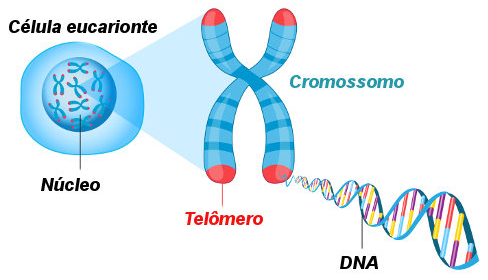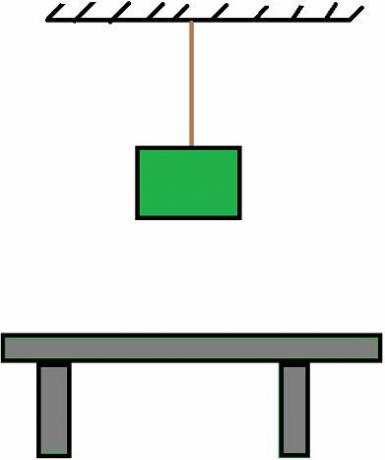Some drugs, infections and circulatory problems can lead to necrosis. This term is used to say that there was cell death at that location and they are going through a progressive process of degeneration. Thus, necrosis consists of morphological changes that can be seen after tissue cell death.
→ What is necrotic tissue like?
As previously mentioned, necrotic tissue is not only one that has dead cells, but one that has had cell death followed by enzymatic degradation processes of these cells. During this process, there is the release of enzymes into the extracellular environment, which causes the destruction of adjacent tissue.
Cell destruction can occur in different ways and affect any tissue, so it is difficult to specify just one basic aspect to define whether the tissue is necrotic. As a result, necrosis can be classified in different ways, among which the following stand out:
- Liquefaction necrosis: In this type of necrosis, there is an increase in inflammatory cells, which is why this process is characteristic of infections. It can also happen due to hypoxia (low oxygen content) of the nervous system. Dead cells are completely destroyed and turn into a slimy mass, giving a soft appearance to the necrotic area.
- Caseous necrosis: In this type of necrosis, the affected tissue has an appearance of a white granular mass, reminiscent of ricotta. It is often found in cases of tuberculosis.
- Fat necrosis: This is a special type of necrosis that occurs in areas of fat destruction due to the action of lipases. It is found mainly in cases of acute pancreatitis and in fatty necrosis of the mammary gland.
- Coagulation necrosis: In this type of necrosis, cell death is observed, in general, due to hypoxia. It occurs predominantly in tissues with a high protein content, and, in this process, the tissues remain firm and their structure remains for a few days. The color of the affected area is almost always whitish.
Necrotic cells end up disappearing from the affected tissue, firstly because of the action of enzymes that act on the site and, later, by the phagocytosisperformed by macrophages and leukocytes. When the rapid destruction of these cell fragments does not occur, it can happen calcification of the area.
Do not stop now... There's more after the advertising ;)
By Ma. Vanessa Sardinha dos Santos
Would you like to reference this text in a school or academic work? Look:
SANTOS, Vanessa Sardinha dos. "What is necrosis?"; Brazil School. Available in: https://brasilescola.uol.com.br/o-que-e/biologia/o-que-e-necrose.htm. Accessed on June 27, 2021.



